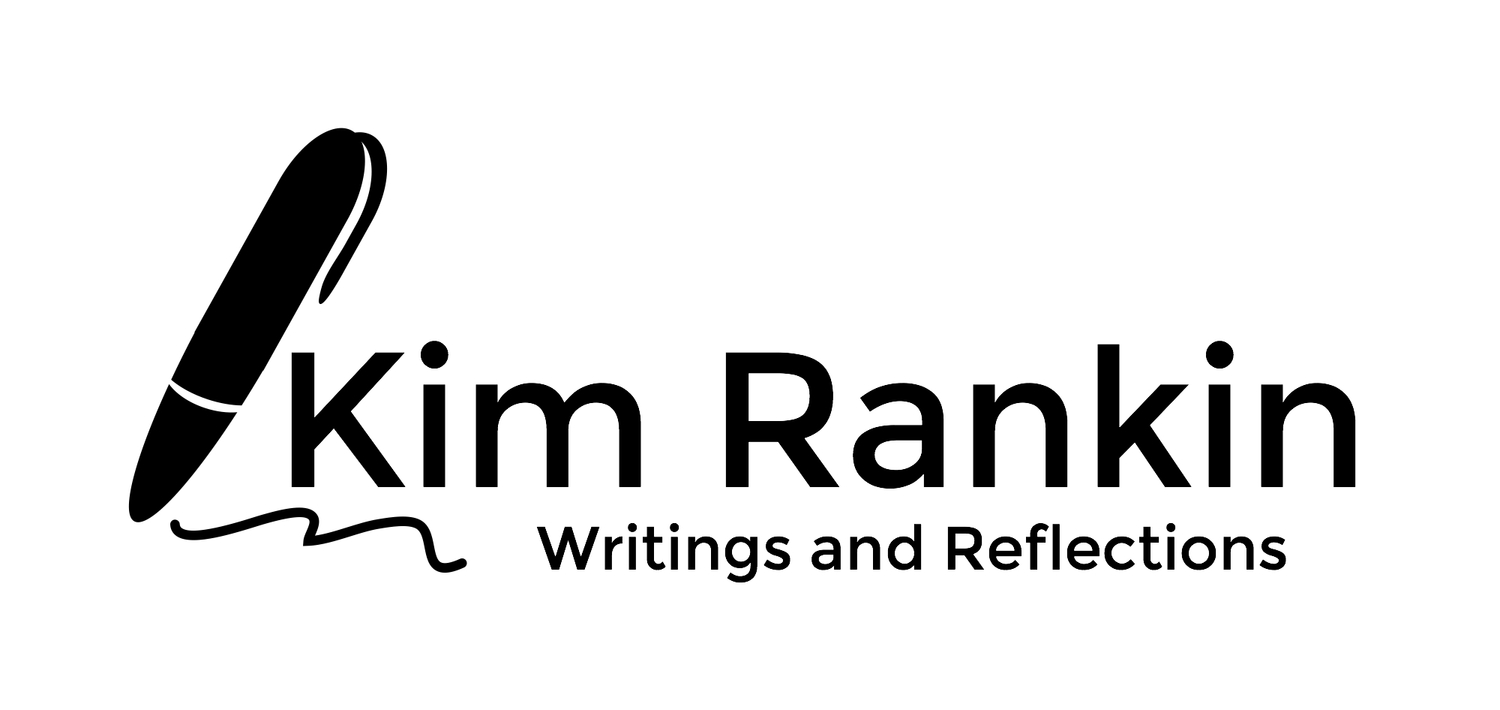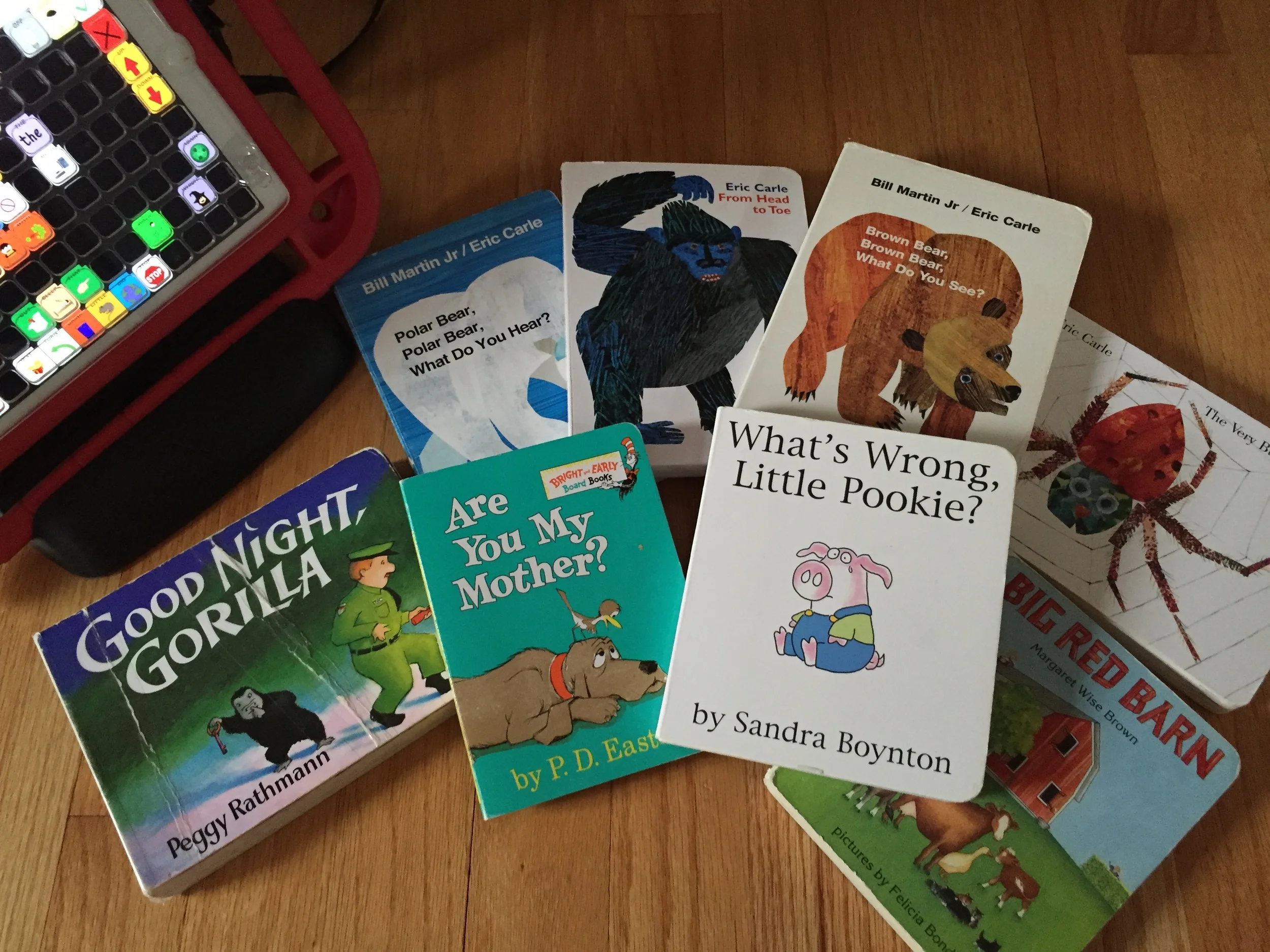When we decided to homeschool this year, I did not want every piece of our day to be remedial and fixing weaknesses. I wanted to do something that built on Nathaniel's strengths and things we enjoy. His receptive language skills are fantastic. He loves stories. He loves being outside. This intersection is where I am building some fun learning into our day.
"Backyard Visitors" is the name I am giving to our nature study. We are learning about one animal a month through children's literature, crafts, and time outdoors. We are working on core AAC vocabulary. The first critter that we learned about was the firefly.







